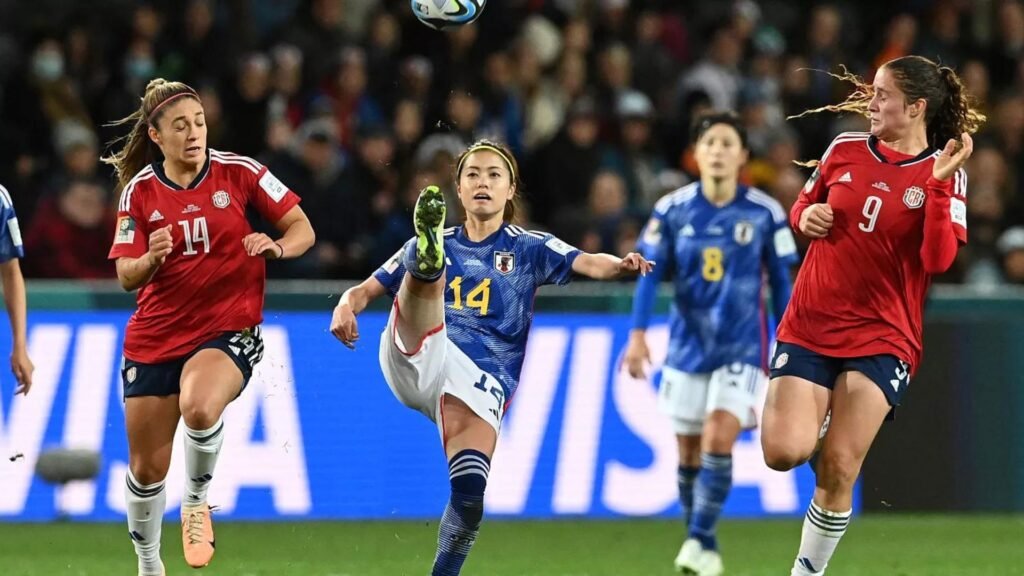Top Strategies for Gender Equity in Sports
Gender equity in sports is a critical issue that impacts athletes, coaches, fans, and the broader community. Despite progress, significant disparities still exist in areas like funding, media coverage, and opportunities for women and non-binary athletes. This article explores effective strategies for achieving gender equity in sports, ensuring that everyone has the chance to participate and succeed.

Equal Funding and Resources
One of the most significant barriers to gender equity in sports is the disparity in funding and resources between male and female athletes. Ensuring equal access to financial support, training facilities, and equipment is essential for leveling the playing field.
Key Strategies:
- Budget Allocation: Allocate equal funds for male and female sports programs, ensuring that all athletes have access to top-tier facilities, coaching, and equipment.
- Sponsorship: Encourage sponsors to support women’s and non-binary sports equally, offering the same level of financial backing as men’s sports.
- Resource Sharing: Promote the sharing of resources between male and female teams, such as training facilities and support staff, to ensure fairness.
Impact:
Equal funding and resources enable all athletes to train and compete at the highest level, removing financial barriers to success.
Promote Inclusive Policies and Governance
Inclusive policies and governance structures are vital for promoting gender equity in sports. These policies should address issues like equal representation in leadership, anti-discrimination practices, and the enforcement of gender equality standards.
Key Strategies:
- Diverse Leadership: Ensure that sports organizations have diverse leadership teams, with equal representation of all genders in decision-making roles.
- Anti-Discrimination Policies: Implement and enforce strict anti-discrimination policies to protect athletes from gender-based harassment and bias.
- Transparency: Make policies and decision-making processes transparent to hold organizations accountable for gender equity.
Impact:
Inclusive policies create a sports environment where everyone, regardless of gender, has equal opportunities to lead and succeed.
Enhance Media Coverage and Representation
Overview:
Media coverage plays a crucial role in shaping public perception of sports and athletes. Historically, female athletes and non-binary sports have received far less coverage than their male counterparts. Improving media representation is key to promoting gender equity.
Key Strategies:
- Equal Coverage: Advocate for equal media coverage of male and female sports, ensuring that women’s and non-binary sports events receive the same attention and visibility.
- Highlight Achievements: Encourage media outlets to highlight the achievements and stories of female and non-binary athletes, showcasing their skills and contributions to sports.
- Social Media: Use social media platforms to promote gender equity in sports, sharing content that features diverse athletes and perspectives.
Impact:
Enhanced media coverage helps to elevate female and non-binary athletes, inspiring the next generation and challenging gender stereotypes in sports.
Address Pay Disparities
Overview:
Pay disparities between male and female athletes are a significant issue in sports. Addressing these disparities is crucial for achieving gender equity, ensuring that all athletes are compensated fairly for their contributions.
Key Strategies:
- Equal Pay Initiatives: Implement equal pay policies that ensure female athletes receive the same compensation as their male counterparts for similar roles and achievements.
- Collective Bargaining: Support collective bargaining efforts that advocate for equal pay in sports, allowing athletes to negotiate fair compensation collectively.
- Transparency: Promote transparency in salary structures and contracts to prevent hidden pay disparities and ensure accountability.
Impact:
Addressing pay disparities empowers female athletes and non-binary sports professionals, promoting fairness and recognition of their contributions.
Support Grassroots Programs
Overview:
Grassroots sports programs are essential for nurturing future talent and promoting participation in sports from a young age. Supporting these programs is key to ensuring that girls and non-binary youth have equal opportunities to engage in sports.
Key Strategies:
- Inclusive Youth Programs: Develop and support sports programs that actively encourage participation from girls and non-binary youth, offering equal opportunities for skill development and competition.
- Community Engagement: Engage communities in promoting gender equity in youth sports, educating parents, coaches, and young athletes about the importance of inclusion.
- Scholarships and Grants: Offer scholarships and grants to support young female and non-binary athletes, helping them overcome financial barriers to participation.
Impact:
Supporting grassroots programs ensures a strong pipeline of diverse talent in sports, fostering a culture of inclusion from the ground up.
Educate and Train Coaches
Overview:
Coaches play a pivotal role in shaping athletes’ experiences and promoting gender equity in sports. Educating and training coaches on gender sensitivity and inclusive practices is crucial for creating supportive environments for all athletes.
Key Strategies:
- Gender Sensitivity Training: Provide gender sensitivity training for coaches to help them understand and address the unique challenges faced by female and non-binary athletes.
- Inclusive Coaching Practices: Encourage coaches to adopt inclusive coaching practices that treat all athletes fairly, regardless of gender.
- Mentorship Programs: Establish mentorship programs that connect female and non-binary coaches with experienced mentors, promoting diversity in coaching roles.
Impact:
Educated and inclusive coaches can significantly impact athletes’ development and well-being, fostering environments where all athletes can thrive.
Conclusion
Achieving gender equity in sports requires a comprehensive and sustained effort across multiple fronts. By focusing on equal funding, inclusive policies, media representation, pay equity, grassroots support, and coach education, we can create a sports environment that values and supports athletes of all genders. These strategies not only promote fairness but also enrich the sports world, ensuring that everyone has the opportunity to participate, compete, and succeed.



